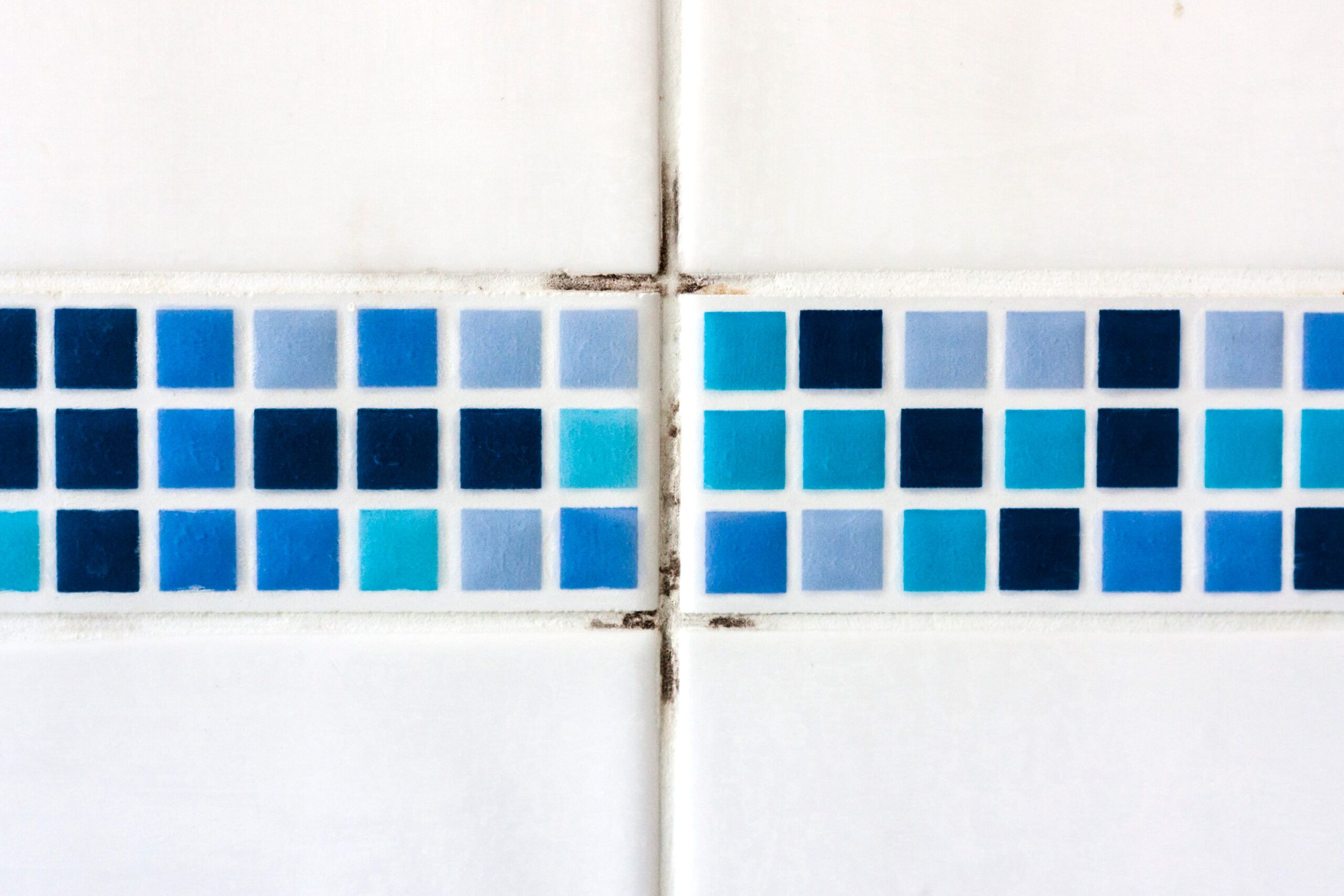Mold is infamous for producing spores that can cause anything from rashes to headaches to respiratory problems. At-risk groups—such as the very young or old and people with asthma, compromised immune systems, or mold sensitivities and allergies—can have serious reactions to mold. Moist areas of your home such as the bathroom are especially vulnerable to mold. In this guide, we explain how to remove mold from your bathroom and prevent it from growing in the future.
Where Does Mold Form in a Bathroom?
The most likely places to find mold in the bathroom are in the tile grout, around drains, and on the walls or wallpaper. Read on to learn how to treat affected areas and prevent mold from growing in your bathroom in the future.
How To Get Rid of Mold in the Bathroom
Fortunately, bathroom mold that you can see is very easy to clean. Yet if there’s evidence of mold growing on the drywall or subfloor behind bathroom tile, you may need to hire a professional to clean and repair that area. One indicator that you may need professional help is if the tiles appear to be askew or they move when you touch them.
Steps To Follow To Remove Mold From Hard Surfaces
- Combine one part bleach with two parts water in a spray bottle and spritz the affected area.
- Let the solution sit for 10 minutes. The mold should start to fade away on its own, but if areas of stubborn mold remain, use a coarse brush (for larger areas) or old toothbrush (for smaller areas) to scrub the mold away.
- Rinse the surface thoroughly with water afterward.
If you’d rather not use bleach, white vinegar, or baking soda are good natural substitutes that can kill mold, including black mold. Vinegar can be used just like the bleach.
Using Baking Soda To Get Rid of Mold
- Mix baking soda with small amounts of water to form a paste.
- Apply the paste to the mold, let it sit for 10 minutes, then use a brush to scrub it off. Other household cleaning products, including soap and water, will usually do the trick, too.
How To Prevent Bathroom Mold
What all molds have in common is that they need constant moisture to exist. That’s why mold is more common in bathrooms than other parts of the home. Between the sink and the bathtub or shower, something could always be wet—but there are preventative measures you can take to keep mold from growing.
Limit Moisture
The key to mold prevention is moisture control. Make sure the bathroom faucets and valves aren’t leaking, and the drains aren’t clogged. Having water that drips constantly or pools in an area of your bathroom is the perfect recipe for mold growth. Repair any leaks in the plumbing or walls. You don’t want water hanging around any longer than necessary.
Take Care of Grout
Grout is extremely susceptible to mold growth because it’s porous and will trap moisture in. Reapply a grout sealer once a year to preempt mold growth.
Ventilate Your Bathroom
The tiled walls of the shower and tub get wet after every use, and these water droplets take a while to dissipate, particularly if the bathroom isn’t ventilated properly. Use a squeegee to remove water from the shower stall or bathtub after every use.
Make sure your bathroom air flows freely. If you don’t already have one, install an exhaust fan to dehumidify the room. The volume of air moved by the fan, measured in cubic feet per minute (CFM), should be appropriate for the size of your bathroom, or it’ll be ineffective. Multiply the bathroom square footage by 1.1 to get the recommended fan capacity.
Dry Towels, Bathmats, and Shower Curtains
Soft bathroom materials, such as towels, bathmats, and shower curtains, are prime breeding grounds for mold. Allow them to dry properly after each use, and launder them regularly.
Check for Cracked Tile and Wet Drywall
Cracked tiles or chipped grout can allow water to seep through to the drywall or subfloor behind them, so repairs should be done immediately. Wet drywall and wood are very susceptible to mold growth, and it’s particularly difficult to eliminate mold that’s growing behind bathroom tile.
Use the Best Paint for Bathrooms
For painted bathroom walls, use a semi-gloss finish that creates a water-resistant surface. Consider using a paint that’s formulated with mold-inhibiting antimicrobial agents or adding mold inhibitors to the paint before applying it.
How Dangerous Is Black Mold in the Bathroom?
Many kinds—and colors—of mold exist. Stachybotrys, a black mold, has a reputation for being particularly toxic, but it doesn’t really matter what type of mold you’re dealing with. All molds found within the house bring with them the possibility of health risks and should be removed immediately.
Our Conclusion
Bathrooms can be breeding grounds for mold, especially if you don’t control moisture effectively. By properly ventilating and drying areas, taking care of grout, and using the right paint, you can help prevent mold from forming in your bathrooms in the first place.

